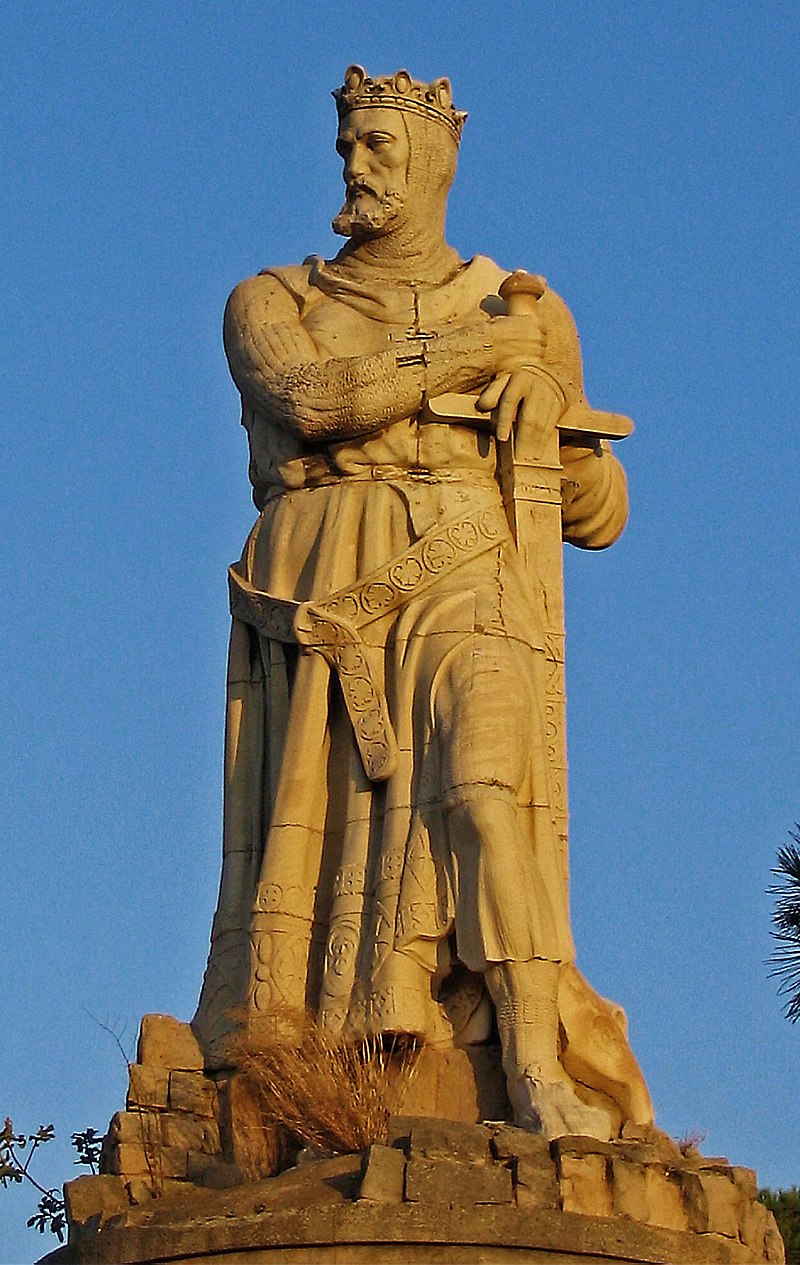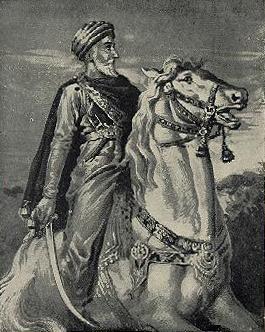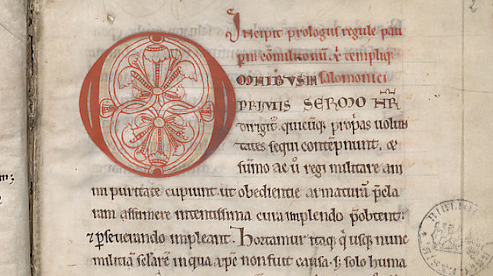"Though the nature of Templar activities during the 1120's and 1130's remains obscure, they were clearly successful, despite their poverty. Most contemporary evidence of the early Templars stems from charters, bequests, and clerical correspondence. Their most notable activity at this time was property acquisition. By 1130, the Templars were receiving grants of land and money from southern France and Spain.
Most Spanish gifts of land specifically mentioned the Templar's military function as a frontier guard for the Spanish crusade. This indicates that they had already scored some military successes on the peninsula that the chroniclers did not report; the Spanish had neither the funds nor the patience to support a group that could not substantially help in the Reconquista of the Iberian peninsula.



